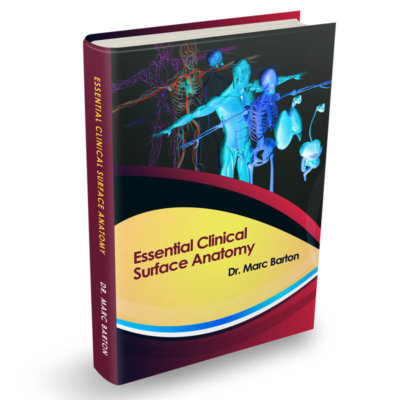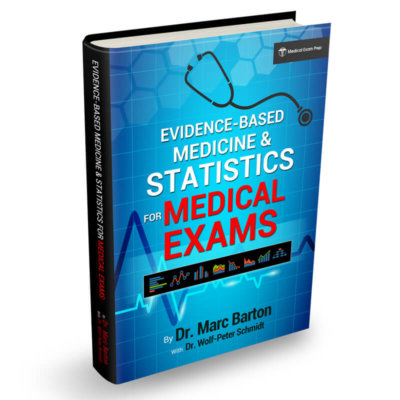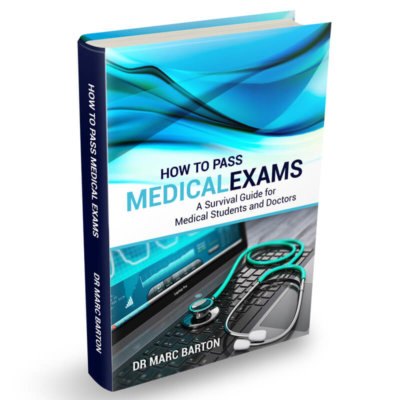Exam Tips

The Blurting Technique: A Simple Way to Boost Recall and Understanding
We've all been there – sitting in front of our textbooks, highlighters in hand, trying to cram as much information as possible before the big exam. But does it really work? Often, it seems that just reading and highlighting does not help the knowledge stick. That is...

The 2357 Study Hack: A Smarter Way to Remember What You Learn
We have all been there – piles of notes, looming exams, and that constant overwhelming feeling of "how am I going to remember all of this?" If this describes how you are feeling right now and you have been struggling to figure out a study routine that works for you,...

Mastering Single Best Answer Questions
As a medical student or doctor facing exams, one of the common formats you will encounter is the Single Best Answer (SBA) question. These questions are designed to test your knowledge, clinical reasoning, and decision-making skills by asking you to choose the most...

Study in Sprints, Not Marathons: The Pomodoro Method Works
Let's face it – studying for hours on end can be exhausting, and distractions are everywhere. Staying focused is challenging, whether it is your phone, social media, or even just zoning out. But what if there was a way to improve your concentration, get more done, and...

Stay Engaged, Retain More: Transform Your Study Routine with Interleaving
Do you ever feel like you are stuck in a rut when studying? Repeatedly reviewing the same topic until you are so bored you start to zone out? Alternatively, you may have noticed that no matter how much you focus on one subject at a time, it still feels like the...

Radiation Exposure and Safety
Radiation exposure is an important topic in medicine, especially for those working in environments where diagnostic imaging is frequently used. While it is important to understand the principles of managing radiation exposure accidents, they are thankfully extremely...

Prolongation of the QT Interval
Prolongation of the QT interval can lead to a life-threatening ventricular arrhythmia known as torsades de pointes, which can result in sudden cardiac death. There are a number of widely used drugs that are known to cause QT prolongation. The QT interval The QT...

How to Approach Your Exam Day: A Guide for Medical Students and Doctors
Medical exams can be a stressful experience, but with the right approach, you can maximise your performance and demonstrate your knowledge effectively. Here are our top tips on how to best approach the day of your big exam. These tips will help you confidently tackle...

Intravenous Anaesthetic Agents for the MRCEM Exam
Intravenous anaesthetic agents can be used either to induce anaesthesia or for the maintenance of anaesthesia throughout surgery. Intravenous anaesthetics nearly all produce their effect in one arm-brain circulation time. Extreme care is required in surgery of the...

Understanding the Canadian C-Spine Rule
The Canadian C-Spine Rule (CCR) is a clinical decision-making tool that guides clinicians in determining the need for cervical spine imaging in trauma patients. It is designed to identify patients who require imaging based on specific criteria, helping to avoid...




